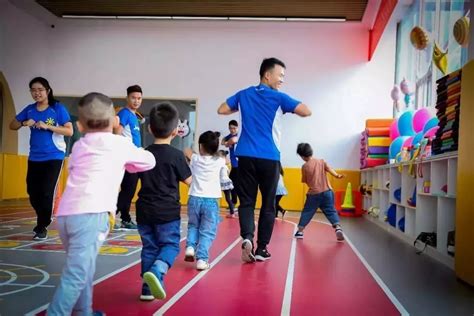大班体育教学活动教案
```html

Optimizing Physical Education Activities for Large Classes
Physical education is crucial for the holistic development of students, promoting physical fitness, teamwork, and social interaction. However, conducting effective PE activities for large classes can present unique challenges. Here are some strategies to optimize PE activities for large groups:
Before conducting any activity, thorough planning is essential. Divide the class into smaller groups to ensure better management and supervision. Create a detailed schedule outlining the activities, time allocations, and equipment needed.
Clear and concise communication is key to managing large groups effectively. Provide clear instructions for each activity, emphasizing safety guidelines and objectives. Use visual aids or demonstrations to ensure that all students understand the tasks.
Large classes require adequate space for movement. Choose activities that can be easily adapted to the available space, such as relay races, circuit training, or modified sports games. Maximize the use of outdoor areas when possible.
Teambuilding exercises foster cooperation and camaraderie among students. Incorporate activities that require teamwork, such as group challenges, cooperative games, or partner exercises. Encourage students to support and motivate each other.
Keep the activities diverse to maintain student engagement and prevent boredom. Rotate through different types of exercises, including cardiovascular, strength training, flexibility, and agility drills. Consider incorporating themed sessions or special events to add excitement.
Be prepared to adapt activities based on the needs and abilities of the students. Offer modifications for students with physical limitations or varying skill levels to ensure inclusivity. Remain flexible and open to adjustments based on feedback and observations.
Prioritize safety at all times during PE activities. Inspect equipment regularly for any damage or hazards. Supervise students closely, especially during highintensity or competitive activities. Educate students about proper warmup, cooldown, and stretching techniques to prevent injuries.
After each session, take time to evaluate the effectiveness of the activities and the overall class dynamics. Solicit feedback from students to identify areas for improvement and future planning. Reflect on what worked well and what could be adjusted for better outcomes.
By implementing these strategies, physical education teachers can create engaging and rewarding experiences for students in large classes, promoting not only physical health but also teamwork, leadership, and sportsmanship.
